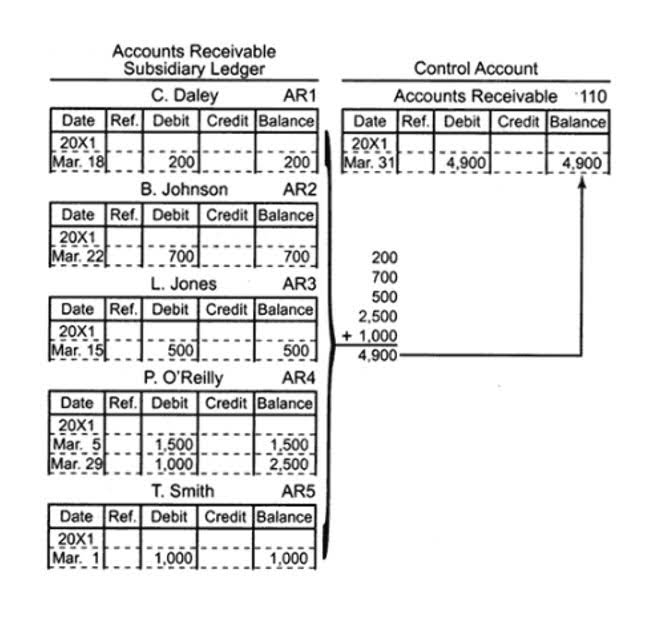
Despite this, present value tables remain popular in academic settings because they are easy to incorporate into a textbook. Because of their widespread use, we will use present value tables for solving our examples. Present value is a way of representing the current value of a future sum of money or future cash flows. While useful, it is dependent on https://www.facebook.com/BooksTimeInc/ making good assumptions on future rates of return, assumptions that become especially tricky over longer time horizons.

What Is Present Value? Formula and Calculation
- Using the same 5% interest rate compounded annually, the answer is about $784.
- As shown in the future value case, the general formula is useful for solving other variations as long as we know two of the three variables.
- PV calculations can be complex when dealing with non-conventional cash flow patterns, such as irregular or inconsistent cash flows.
- In addition, they usually contain a limited number of choices for interest rates and time periods.
- The easiest and most accurate way to calculate the present value of any future amounts (single amount, varying amounts, annuities) is to use an electronic financial calculator or computer software.
- Present value tables are one of many time value of money tables, discover another at the links below.
PV is a crucial concept in finance, as it allows investors and financial managers to compare the value of different investments, projects, or cash flows. The answer tells us that receiving $10,000 five years from today is the equivalent of receiving $7,440.90 today, if the time value of money has an annual rate of 6% compounded semiannually. The answer tells us that receiving $1,000 in 20 years is the equivalent of receiving $148.64 today, if the time value of money is 10% per year compounded annually. Present value factor (PVF) (also called present value interest factor (PVIF)) is the equivalent value today of $1 in future or a series of $1 in future. A table of present value factors can be used to work out the present value of a single sum or annuity.
- Getting back to the initial question – receiving $11,000 one year from now is a better choice, as its present value ($10,280) is greater than the amount you are offered right now ($10,000).
- Some individuals refer to present value problems as “discounted present value problems.”
- Please pay attention that the 3rd argument intended for a periodic payment (pmt) is omitted because our PV calculation only includes the future value (fv), which is the 4th argument.
- Therefore, it is important to determine the discount rate appropriately as it is the key to a correct valuation of the future cash flows.
- In essence what “present value” means is that the receipt of $100 in three years’ time is worth the same as $86.38 today.
- PV calculations rely on accurate estimates of future cash flows, which can be difficult to predict.
Cash Flow Statement
If offered a choice to receive a certain sum of money right now or defer the payment into the future, which would you choose? In the financial world, this is explained by the time value of money concept. PV takes into account the time value of money, which assumes that a dollar received today is worth more than a dollar received in the future due to its potential earning capacity. In present value calculations, future cash amounts are discounted back to the present time. (Discounting means removing the interest that is imbedded in the future cash amounts.) As a result, present value calculations are often referred to as a discounted cash flow technique. The answer tells us that receiving $5,000 three years from today is the equivalent of receiving $3,942.45 today, if the time value of money has an annual rate of 8% that is compounded quarterly.
- In contrast, the annuity factor is used to calculate how much money must be invested at a given rate of return over a certain period for it to accumulate to a specific sum in the future.
- The present value of a single amount formula is most often used to determine whether or not an investment opportunity is good.
- The present value of annuity can be defined as the current value of a series of future cash flows, given a specific discount rate, or rate of return.
- In present value calculations, future cash amounts are discounted back to the present time.
- Suppose you want to determine the value today of receiving $1.00 at the end of each of the next 4 years.
How Do You Calculate Present Value?

It is determined by discounting the future value by the estimated rate of return that the money could earn if invested. Present value calculations can be useful in investing and in strategic planning for businesses. An individual cash flow or annuity can be determined by discounting each cash flow back at a given rate using various financial tools, including tables and calculators. The “present value” term refers to an individual cash flow present value of a single sum table at one point in time, while the term “annuity” is used more generally to refer to a series of cash flows.
Everyday Calculation

The present value of a single amount allows us to determine what the value of a lump sum to be received in the future is worth to us today. The dollar received at the end of year 3 must be discounted back 3 periods; the dollar received at the end of year 2 must be discounted back 2 periods; and so forth. These examples assume ordinary annuity when all the payments are made at the end of a period.
Our Team Will Connect You With a Vetted, Trusted Professional

Higher interest rates result in lower present values, as future cash flows are discounted more heavily. PV calculations can also tell you such things as how much money to invest right now in return for specific cash amounts to be received in the future, or how to estimate the rate of return on your investments. Our focus will be on single amounts that https://www.bookstime.com/ are received or paid in the future. We’ll discuss PV calculations that solve for the present value, the implicit interest rate, and/or the length of time between the present and future amounts.
